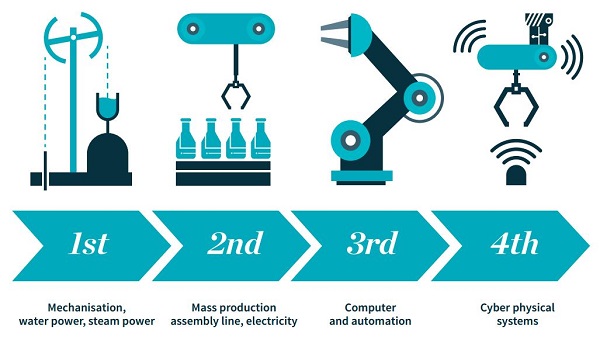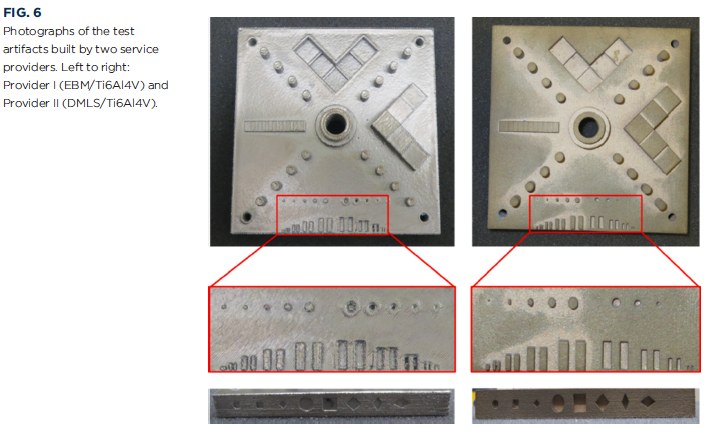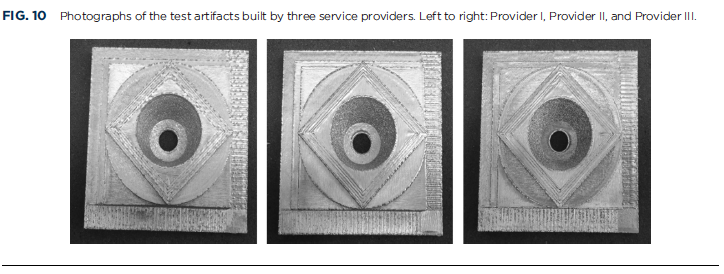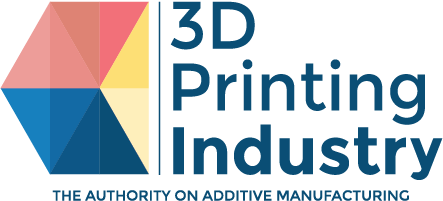For its value to the efficiency of manufacturing, 3D printing has become a key component of Industry 4.0 aka the fourth industrial revolution.

Several projects are adopting industrial 3D printing for the production line and rather than replace traditional manufacturing additive is set to become integrated with a range of both traditional – and other modern manufacturing techniques.
In collaboration with Duck Bong Kim at Tennessee Technological University (TTU), the National Institute of Standards and Technology (NIST) has published a study addressing three of the challenges to production-ready metal 3D printing.
The proposed model could eventually form a standard for 3D printed metal parts and aid additive manufacturing through the certification process – often seen as a primary barrier to progress.
Solving the repeatability problem
In laser-based metal 3D printing techniques like DMLS and EBM, research and development has proven the ability to create complex and unique metal parts.
However challenges remain around ensuring this that can be repeated, so that customers receive identical parts from batch to batch.
Direct metal laser sintering (DMLS). Clip via Concept Laser GmbH on YouTube
NIST and TTU’s repeatability solution is to incorporate more specifics into the metal 3D printing process. The researchers test their hypothesis through three different tests, adding more data to the process each time.
The basic test
In the first case study, researchers set-up a scenario in which a customer requests a metal 3D printed part from one company providing electron beam melting (EBM) and another providing direct metal laser sintering (DMLS).

The only specifications in the test are the object’s .stl file, and the material to be used – the titanium /aluminum alloy Ti6Al4V.

The resulting 3D prints show inconsistencies between one another, a consequence of service providers producing the parts using different processes and plans, for example the positioning of supports, how the model is sliced and the scan strategy used by different 3D printers.
Next level
In the second case study, support and slice information are added to the data package alongside the base .stl file. The customer also requests the same parts from 3 different providers of EBM 3D printing.
In a side by side comparison, the three artefacts are comparable in shape, color, and texture, but there are still variations in surface roughness.

Final form
In the final case study, post-process information, test plans, and average surface roughness is specified alongside the previous data package.

The two samples produced in this instance “show the least variation of the three case studies provided” proving that “the established data packages and digital thread provide a foundation on which future validation and conformance methodologies can be built.”
Further reading
Progress of the NIST/TTU project can be followed on Research Gate. Toward a Digital Thread and Data Package for Metals-Additive Manufacturing is published online in the first edition of Smart Sustainable Manufacturing Systems journal, and is co-authored by Duck Bong Kim, Paul Witherell, Yan Lu and Shaw Feng.
The concept of the digital thread in 3D printing has also been discussed by Rush LaSelle, Director Digital Manufacturing at Jabil. In his guest article for the Future of 3D Printing series, LaSelle gave example of how the global manufacturing company is incorporating the concept into modelling software to ensure better quality of parts.
For all the latest 3D printing news and research, subscribe to the most widely read newsletter in the 3D printing industry, follow us on twitter and like us on Facebook.
Featured image: EBM 3D printed hip stems from Arcam. Photo via Arcam.



